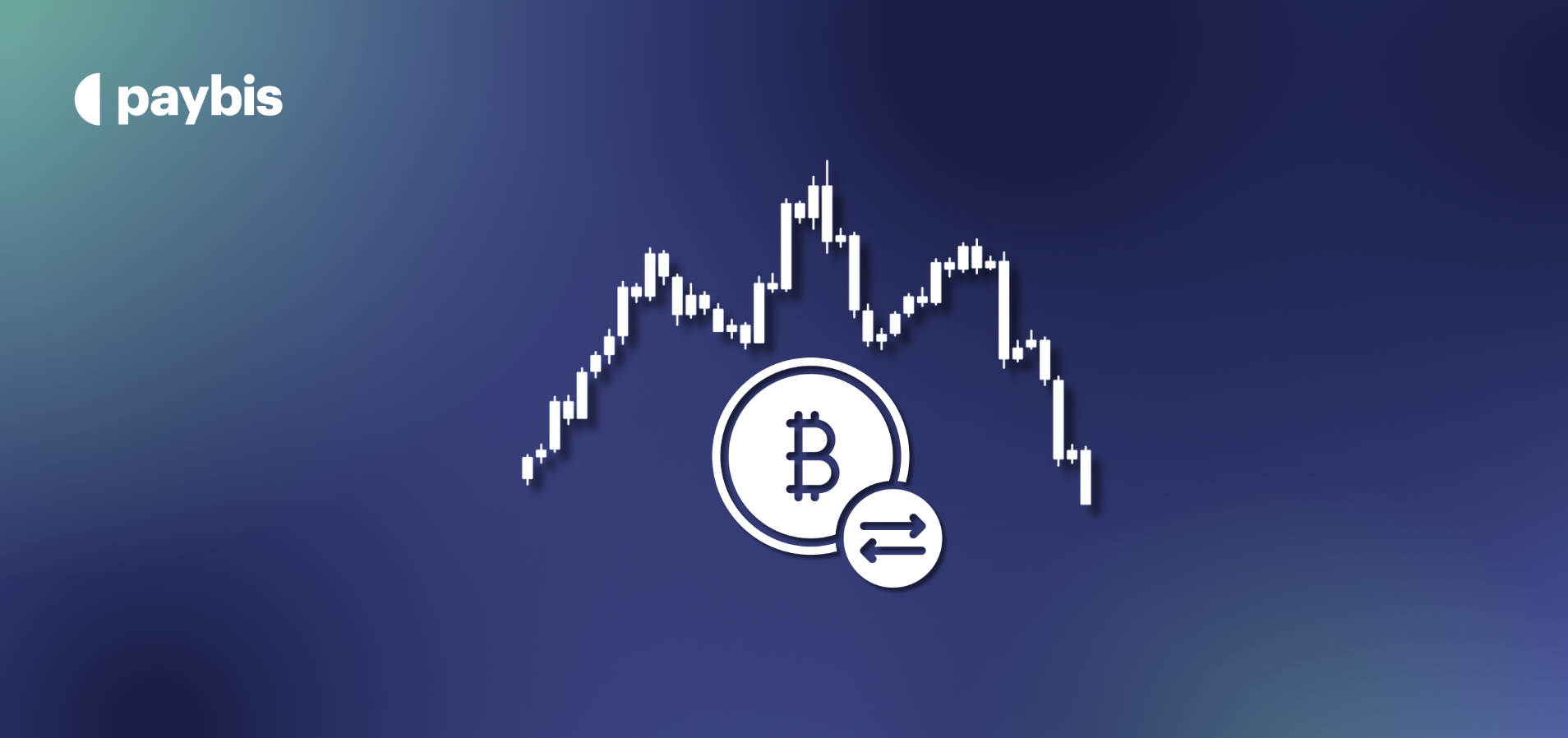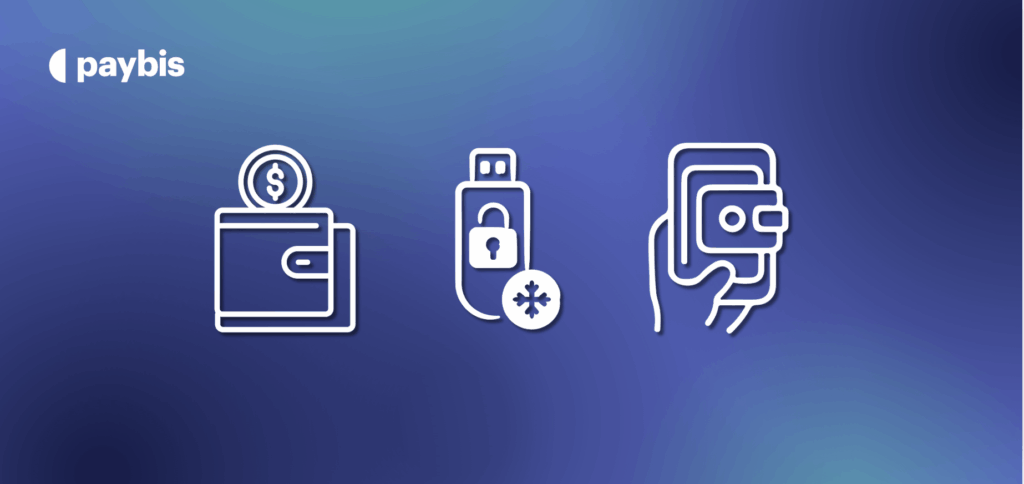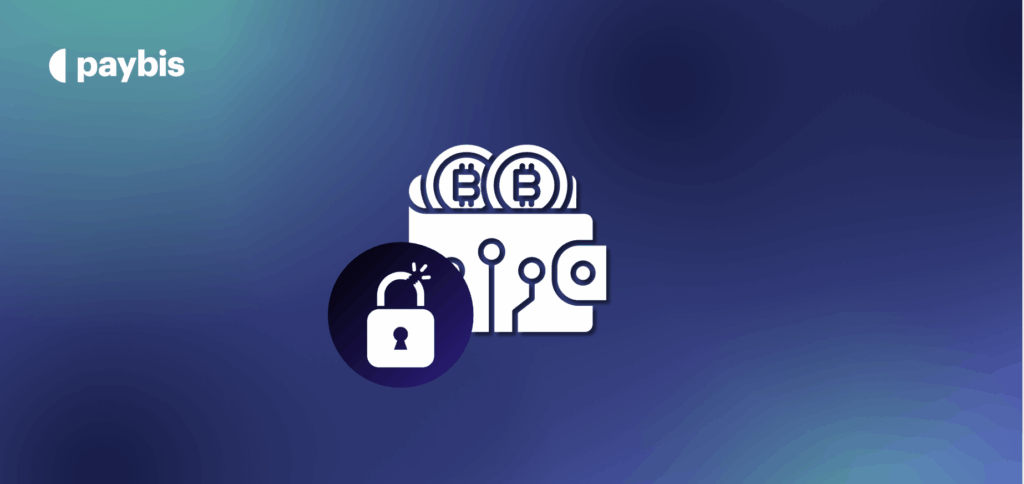How to Trade Cryptocurrency: The Ultimate Guide
Cryptocurrency trading has grown from a niche hobby to one of the most dynamic and potentially profitable forms of investment. Unlike traditional stock markets, the crypto market operates 24/7, offering traders endless opportunities, but also constant challenges.
In this ultimate guide, we’ll walk you through the key principles of crypto trading, from understanding economic factors and mastering trading tools to applying strategies used by top traders. By the end, you’ll have the knowledge and confidence to make informed decisions in the fast-paced world of digital assets.
Key Takeaways
- Mastering the basics is key: market mechanics, sentiment, and tools like RSI, MACD, and Bollinger Bands.
- Track liquidity, volatility, and news to understand and react to price movements.
- Use strong risk management with stop-losses, support/resistance, and emotional discipline.
- Choose a trading style that fits your goals and risk tolerance, and keep learning.
- Rely on trusted tools like TradingView, CoinMarketCap, and CoinGecko for data-driven decisions.
Table of contents
Introduction to Crypto Trading
Crypto trading, or cryptocurrency trading, is the process of buying and selling digital assets like Bitcoin, Ethereum, and other cryptocurrencies on online exchanges. Unlike traditional markets, the crypto market operates around the clock, allowing traders to trade crypto at any time of day or night.
Crypto markets run 24/7, so prices can change anytime. Traders need to stay alert and informed. Success comes from having a solid strategy. Technical analysis tools like MACD and RSI help predict price movements and guide smarter trades.
By learning to read price trends and market sentiment, you can spot good entry and exit points, maximize profits, and reduce risk. Mastering these basics is the first step toward becoming a confident trader.
What to Know About Cryptocurrency Trading
When you decide to learn how to trade cryptocurrencies, it’s essential to remember to build your skills from the ground up. Before you start, it’s important to understand how to trade cryptocurrency, including the process of buying and selling digital assets on various platforms.
Most successful traders are not those who know everything, but rather those who have mastered the basics and learn how to apply them to create a profitable trading strategy.
This includes understanding different trading styles, as certain styles are better suited to different traders’ goals and risk tolerance. For example, day traders rely on mastering the basics and making quick, time-sensitive decisions to capitalize on short-term market movements.
If you are ready to start trading, you can buy some Bitcoins using Paybis.
Understanding the Economic Factors
To better understand what drives the prices of crypto assets, including cryptocurrencies, NFTs, and DeFi tokens, we first need to learn some basic cryptocurrency economics. Market analysis is essential for understanding the economic factors that influence the value and stability of these digital financial instruments.
If you are familiar with investment markets, you will probably know some of these concepts. Others, however, are unique to the cryptocurrency markets.
Supply & Demand
Supply and demand play a huge role when it comes to price action. The balance between supply and demand directly determines the current price of a cryptocurrency at any given moment. Historically speaking, Bitcoin has a higher level of demand than most cryptocurrencies due to its reputation. With a total supply of 21 million coins, the number of coins available is very limited.
Utility
Utility stands for the usefulness of a cryptocurrency. Coins or tokens with proven utility are often considered more valuable, which increases their demand. Ethereum is a great example. It provides a platform where people can build decentralized applications, much like an “app store” but run on blockchain technology.
This utility of Ethereum has acted as a catalyst to mainstream adoption of cryptocurrencies, making it the second most valuable cryptocurrency.
Market Sentiment
When you decide to become a cryptocurrency trader, you will likely buy and sell your coins more often than long-term hodlers. To benefit from small price fluctuations through a high trading frequency, you will need to perform lots of research, hoping to find coins with positive market sentiment.
Thus, explore high-quality resources, including videos, blog posts, and expert opinions on the cryptocurrencies you plan to trade. News, events, and trends, like as social media activity, government regulations, and economic developments, can impact market sentiment and directly affect your trading decisions.
GOOD TO KEEP IN MIND
If your favorite coin is not on CoinMarketCap, you are better off not trading it. This is because in most cases, an increase in value is based on hype, marketing, and storytelling. On top of that, the coin’s trading volume more often than not is quite low for you to be able to trade it efficiently.
Mining Difficulty
Mining difficulty represents the amount of effort needed to add a block to the blockchain. What you really want to know here, in regards to mining and supply, is:
- How many units enter the market per block
- The target wait time per block
- How much the new supply is of the total amount of coins.
This way, you will be able to calculate a cryptocurrency’s inflation. Some coins have a supply curve that decreases over time (halving), like Bitcoin, while others have a supply that increases over time.
To get a better idea about mining difficulty, it might be worth looking into the ‘supply curve’ of the cryptocurrency you are looking to trade. Doing so will help you understand how many coins might be free to enter the market at any moment, and how many are locked for periods of time.
Order Book & Stop Loss
Now that we understand the significance of economic factors, we will look at one more essential aspect of cryptocurrency trading – the order book and stop loss. Trading volumes provide valuable insight into the liquidity and overall market activity on exchanges, helping traders assess how easily assets can be bought or sold.
The order book is a real-time list of buy and sell orders for cryptocurrencies that are traded on exchanges. It shows the prices at which traders are willing to buy or sell, and helps visualize market depth and liquidity.
Order Book
The order book can show you all the buy and sell orders that have been placed at different price levels. You can access the order book through most exchanges, where you can see it getting updated in real-time to provide an indication of liquidity for a cryptocurrency.
Trading volumes are a key indicator of liquidity on exchanges, as higher trading volumes generally mean there is more activity and it’s easier to enter or exit positions.
Liquidity stands for the ability to buy and sell a coin without affecting its price. The higher the trading volume, the higher the liquidity. The green wall indicates all buy orders, and the red wall all the sell orders.
The amount on the horizontal axis is the price a market participant is willing to exchange a particular cryptocurrency for, while the vertical axis represents the number of open orders for each price point.
Example
If person X created an order to sell one Bitcoin for $6000, this would be perceived as a market order and take place in the order book. Person X’s trade would remain in the order book until it gets filled. If person X’s sell order was matched with person Y’s buy order for one Bitcoin at the price of $6000, the order would be filled.
It’s good to remember that, while an order book (liquidity indicator) is useful to get a sense of the market, traders are able to use it in order to manipulate the perception of other traders.
On top of that, the order book can also change rapidly in case of a sudden price move or media attention. Traders tend to choose exchanges with higher coin liquidity so they don’t affect the price negatively by selling their coins.
Finally, cryptocurrencies with high liquidity are much harder to manipulate, making them bad targets for so-called “pump and dump” schemes, which are often seen in coins with a smaller market cap.
Stop Loss
Placing a stop-loss sell order is probably the best thing you can do when it comes to capital preservation. This tool helps traders sell their holdings in case of an unexpected turn in the market. Essentially, if you place a sell order at a higher price but your coins keep dropping in value, a stop-loss order will limit your losses.
On the contrary, a stop-loss buy order allows a trader to collect profits when their cryptocurrency reaches a specific price. This method of selling helps traders avoid what is known as “emotional trading”, which stands for the attachment one feels for certain cryptocurrencies.
EXAMPLE
If John bought X coin at a price of $10, but he had a feeling that the price would drop below 10% of his initial buy-in price, he could add a stop loss sell order at a price of $9. So, if X coin hits this price, his holdings will be sold automatically.
In this case, John’s sale order is beneficial, and here is why. If the price were to decrease from $10 to $9 the coin may break its support line, which could be an indication that the price will keep dropping until it finds support on even lower prices.
This process is similar when employing a stop loss buy order, except the selling price has to be at a point above the initial buy-in price.
Types of Trading
Traders use different strategies to profit from crypto price movements.
- Day trading involves buying and selling cryptocurrencies within the same day to take advantage of short-term price fluctuations. It requires quick decision-making and constant market monitoring.
- Swing trading focuses on holding positions for several days or weeks to capture larger price swings. This strategy allows traders to ignore minor volatility and focus on broader market trends.
- Futures trading lets traders speculate on a cryptocurrency’s future price without owning it. Using derivatives like futures contracts or CFDs, they can profit from both rising and falling markets if they correctly predict price direction.
Each strategy has its own risks and rewards, so traders should understand market conditions and choose the approach that aligns with their goals and risk tolerance.
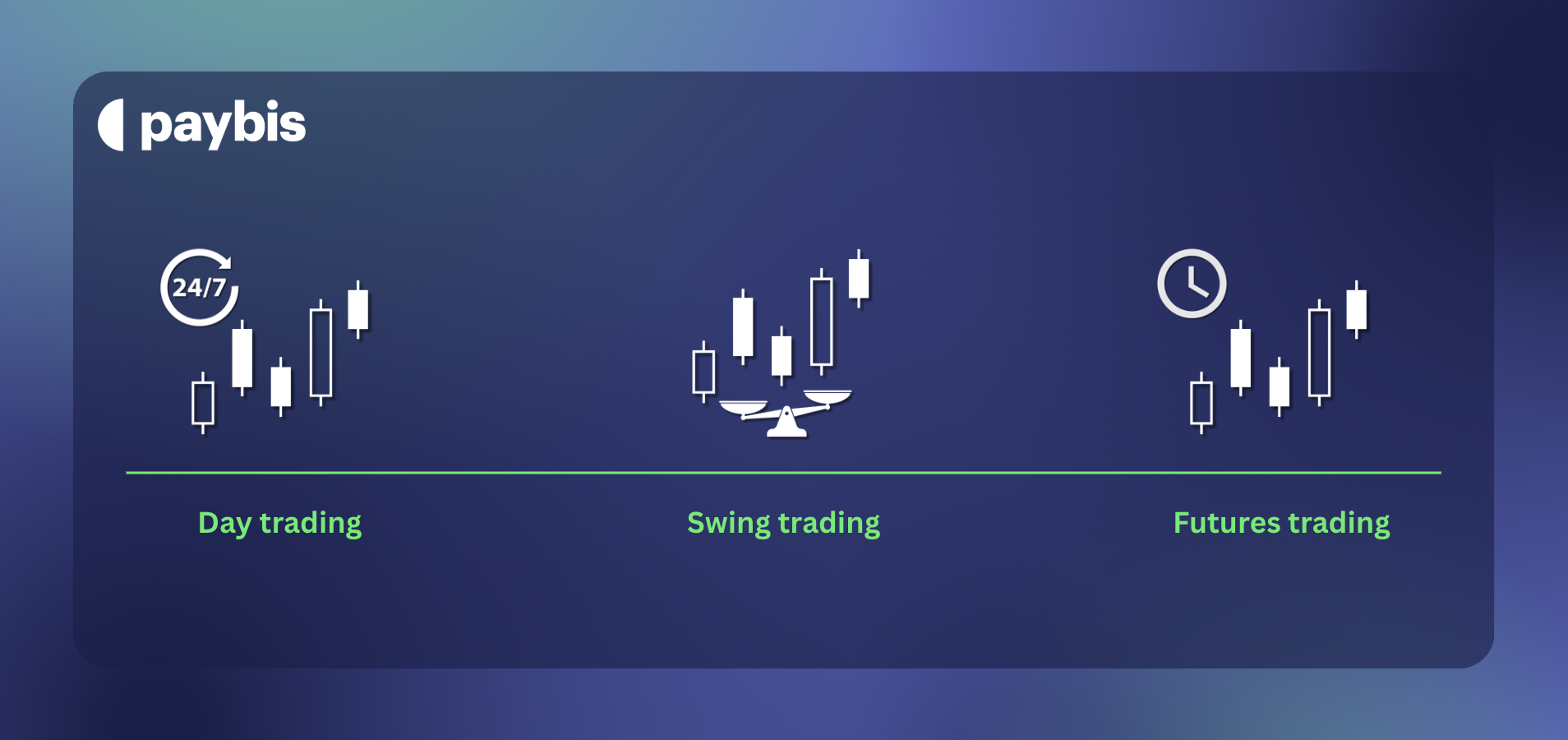
Technical Analysis
Technical analysis (TA) can make or break your trades. It helps traders make data-driven decisions by studying historical price data and chart patterns. Most crypto trading blogs emphasize how important it is for beginners to understand TA.
When combined with fundamental analysis, it provides a more complete view of the market by evaluating cryptocurrencies from different angles.
TA uses various tools and methods to analyze past price movements and predict future trends. Although some argue that “TA doesn’t work,” history often repeats itself in crypto markets, making technical analysis a reliable way to spot trends, forecast short-term price movements, and capitalize on market opportunities.
Relative Strength Index (RSI)
The RSI is a momentum oscillator that calculates the speed and strength of price movement, whether bullish or bearish, by comparing it to past price performance.
This tool can also compare historical data in order to estimate whether a cryptocurrency is overbought or oversold. RSI helps traders identify overbought or oversold conditions in the market, which can signal potential reversals in price trends.
The RSI oscillates between 0 and 100 depending on how overbought or oversold a cryptocurrency is, compared to its past price movements.
- Oversold: When the RSI is approaching or even crossing the ±30 level, there is a positive market reversal, signaling an expected value increase.
- Overbought: When the RSI is approaching or crossing the ±70 level, traders tend to sell their holdings expecting a pullback in price, which is usually followed by a negative market reversal. Here is an example: The RSI is a great tool to predict a market reversal, even if only used on its own.
The Moving Average Convergence/Divergence (MACD) Indicator
The MACD is an indicator that is used to identify bullish or bearish market trends. This indicator consists of two exponential moving averages (MACD line and Signal line) that measure the momentum of a cryptocurrency based on past price action.
The tool also features a histogram (red and green vertical bars), which shows the divergence between the two lines. These two lines, which are known as moving averages, as well as the distance between them, are known as the MACD (moving average convergence/divergence).
Let’s take a look at how the tool works:
- Positive divergence: When the two lines (MACD & Signal) move closer to each other, and the bars in the histogram become green, the tool indicates that it is a good time to buy.
- Negative divergence: When the two lines move away from each other, the bars turn red, which indicates a sell signal.
GOOD TO KEEP IN MIND
Look for crossovers – when the MACD line crosses above the signal line, that’s a bullish indicator. On the other hand, when the MACD crosses below the signal line, you will see a bearish indicator.
Bollinger Bands
With Bollinger bands and a bit of practice in your trading tool-kit, you are no beginner. So, here’s what they are and how you can use them. The Bollinger Bands are three lines (bands) that can be found in and around the price chart of a cryptocurrency. They consist of a moving average (the middle band), an upper band, and a lower band.
Their role is to predict whether the price of a coin is high or low, on a relative basis. When a cryptocurrency experiences volatile price action, the Bollinger Bands diverge from each other. While in more stable periods, the bands come closer to the average, creating a contraction. Thinner bands may indicate that a coin market may soon experience volatility.
Here’s an example:
- When the band contracts, we can expect volatility in the price
- As soon as the price comes close to the upper Bollinger band, we get an overbought signal.
- As soon as the price comes close to the lower Bollinger band, we get an oversold signal.
Candlestick Patterns
Candlestick patterns are used to create lines that can predict price movement. For more accurate predictions, traders tend to cross-check their patterns with the general market sentiment, volume, and other TA tools to predict future market performance.
- Hammer: Bullish reversal; signals a possible bottom in a downtrend.
- Hanging Man: Bearish reversal; signals a possible top in an uptrend.
- Three White Soldiers: Bullish pattern with three rising candles, showing strong upward momentum.
- Three Black Crows: Bearish pattern with three falling candles, suggesting a potential reversal.
- Morning Star: Bullish reversal; often appears at the end of a downtrend, signaling recovery.
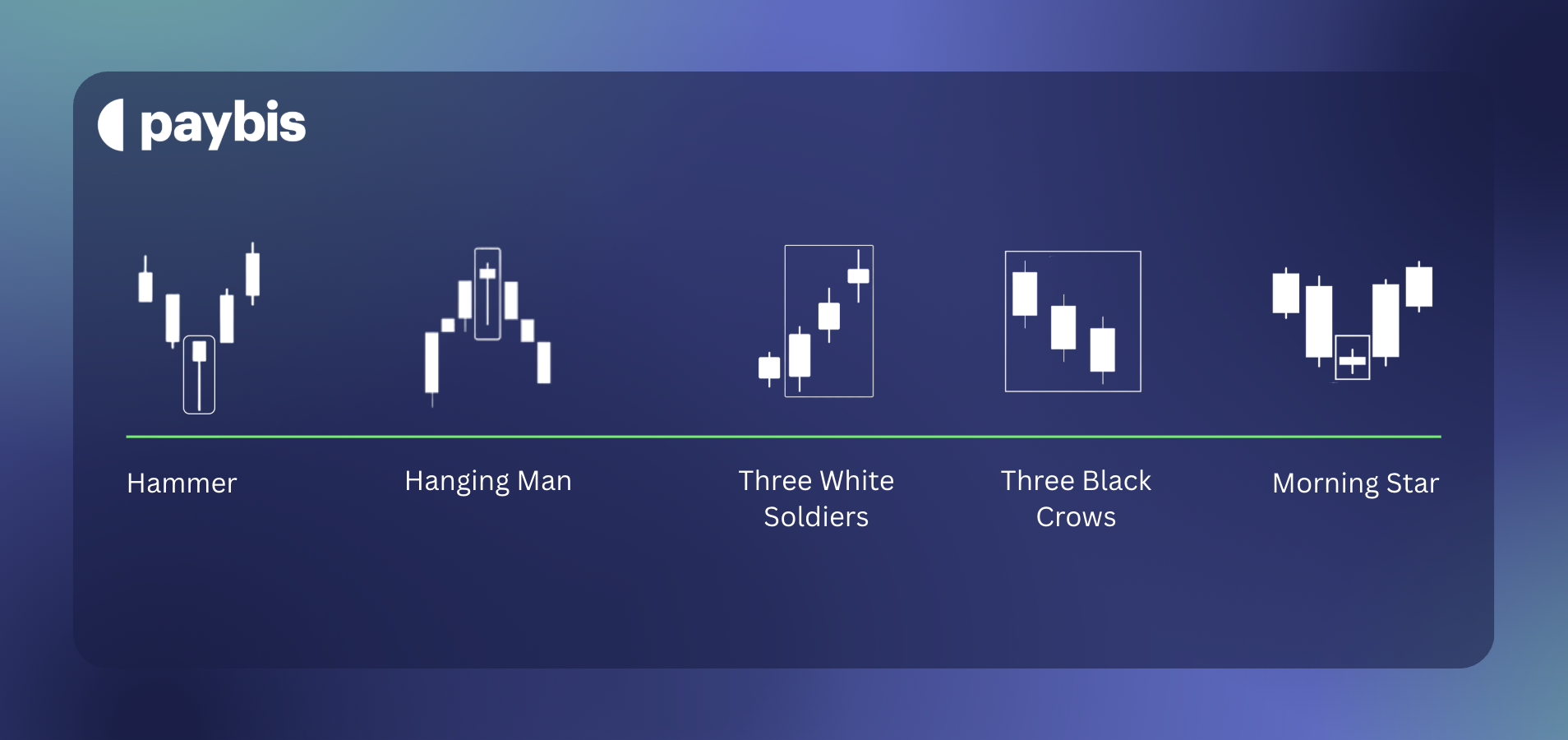
High Liquidity and Volatility
The crypto market is renowned for its high liquidity and volatility, which creates both opportunities and challenges for traders. High liquidity means that there is a large volume of trading activity, allowing traders to buy and sell cryptocurrencies quickly without causing significant changes in the asset’s price. This is especially important for those who want to enter or exit positions quickly and efficiently.
At the same time, the crypto market is notoriously volatile, with significant price swings occurring over short periods. This volatility can lead to rapid gains, but also exposes traders to higher risks. To manage risk in such an environment, it’s crucial to use both technical and fundamental analysis to predict price movements and adjust your trading strategies accordingly.
Practical Advice
If you have read this far, you should have a basic understanding of the concepts and tools traders use to predict price fluctuations. Managing your cryptocurrency portfolio and regularly tracking its performance is essential for making informed decisions.
Exchanges
In order to start trading, you will need to find a digital platform where cryptocurrencies are exchanged between members. Most exchanges require you to connect your bank account to fund your trading account with fiat currency and to facilitate withdrawals back to your bank account.
For traders, several options work better than others due to their features. A common feature that is often preferred is an exchange that trades directly between Fiat and Crypto, like on Paybis. Some exchanges also offer low fees or lower fees compared to others, making them more attractive for frequent trading.
Arbitrage Trading
Once you become accustomed to trading, you may hear the term “arbitrage” being mentioned quite often. This practice describes the simultaneous purchase and sale of a certain cryptocurrency between exchanges to profit from a price imbalance.
Arbitrage trading involves monitoring multiple exchanges at the same time to identify and exploit price differences effectively. While many traders see this as an easy way to make money, you should always consider the risks of this trading method.
You can minimize your risks by doing the following:
- Have fiat money available on both platforms you are looking to trade on
- Check the liquidity on each exchange to know how many buy and sell orders are available on each price point.
Checking Social Media
- Twitter: A tweet from an influential personality can have a major impact on a coin’s price. A great example of celebrity endorsement was seen with Verge (XVG), when John Mcafee, a controversial figure in the crypto space, simply mentioned it in a tweet.
- Reddit: Crypto subreddits often share lesser-known news about your favorite coins before it appears elsewhere. You can follow only the ones you like, for example, /r/Bitcoin or /r/btc for Bitcoin updates.
Buying and Selling
To trade cryptocurrencies, you’ll need to buy and sell them on online exchanges. The basic idea is to buy a cryptocurrency at a lower price and sell it at a higher price, or vice versa, depending on your trading strategy.
How to Trade Crypto on Paybis
- Step 1: Sign up or log in to your Paybis account.
Note: Creating a Paybis account is quite straightforward, but there are a few steps you should be aware of. You can find out more information in our detailed guide. - Step 2: Choose Buy Crypto from the homepage.
- Step 3: Select your cryptocurrency from the crypto list, like Bitcoin, Ethereum, or USDT.
- Step 4: Enter the purchase amount and choose your payment method.
- Step 5: Provide your crypto wallet address or use the free Paybis wallet.
- Step 6: Complete the KYC identity verification (if required).
- Step 7: Confirm the transaction, and your crypto will be sent to your wallet once payment is processed.
The process for selling crypto is pretty much the same. Plus, to make the process easier, you can check the current crypto prices on Paybis or calculate the difference using a native crypto calculator.
Using Fiat Currency
Fiat currency (like the US dollar or euro) is needed to trade crypto on most exchanges. You deposit fiat into your account to buy cryptocurrencies and convert it back when selling to withdraw funds to your bank.
Be mindful of trading fees such as commissions and spreads—they vary by exchange and can impact your profits. Understanding how fiat works and accounting for fees helps you trade smarter and make better investment decisions.
Tips from The Top Traders
Now that you have a basic understanding of trading, chances are that you can predict price fluctuations and trade using proven strategies. We asked for a piece of advice from Haunebu, Mahanton, kryptqnick, Chris Bellizia, Andreas Pielmeier, Seti Tanuvasa & Slimline Simon, who have spent years trading cryptocurrencies, so they can give you some great tips as well.
- Master technical analysis: Learn how to use indicators like RSI, MACD, and Fibonacci retracements to identify trends and reversals.
- Study support and resistance levels: These are key zones where prices tend to bounce or break, guiding your entry and exit points.
- Use stop-loss orders: Protect your capital by managing risk and limiting potential losses on each trade.
- Analyze market patterns: Candlestick formations, chart structures, and divergences can signal potential market moves.
- Monitor trading volume and market dynamics: Spikes in volume can indicate upcoming volatility or trend reversals.
- Leverage reliable tools: Platforms like TradingView and CoinMarketCap offer valuable data for technical and fundamental insights.
- Stay informed through media and fundamentals: Keep track of market news and sentiment to anticipate bigger shifts.
- Practice emotional control: Stay disciplined, follow your strategy, and don’t let fear or greed dictate your decisions.
- Start simple: Focus on a few core indicators and strategies before adding complexity.
- Look for arbitrage opportunities: Check price differences across exchanges for small, quick profits
Top 4 Trading Resources
- TradingView: This resource is great for beginners who are looking to trade without involving real money and risk. After experience is built on TradingView, the same traders can choose to start trading on cryptocurrency exchanges.
- CoinMarketCap: A leading cryptocurrency data platform that tracks the prices, market capitalization, trading volume, and rankings of thousands of digital assets. It provides real-time data on crypto markets, exchanges, and trends, helping traders and investors make informed decisions.
- CoinGecko: Some of the traders we reached out to claimed that CoinMarketCap, a resource used by most traders to analyze historical data of cryptocurrencies, includes fake volumes in their price estimations. As a result, and to get a more realistic idea of a coin’s price, they recommend using CoinGecko.
- Coin Metrics: This website collects and shares important information, creating data and charts (both downloadable) that provide useful information for new investors. The data includes: Transaction Count, On-Chain transaction volume, as well as a coin’s price, market cap, and liquidity.
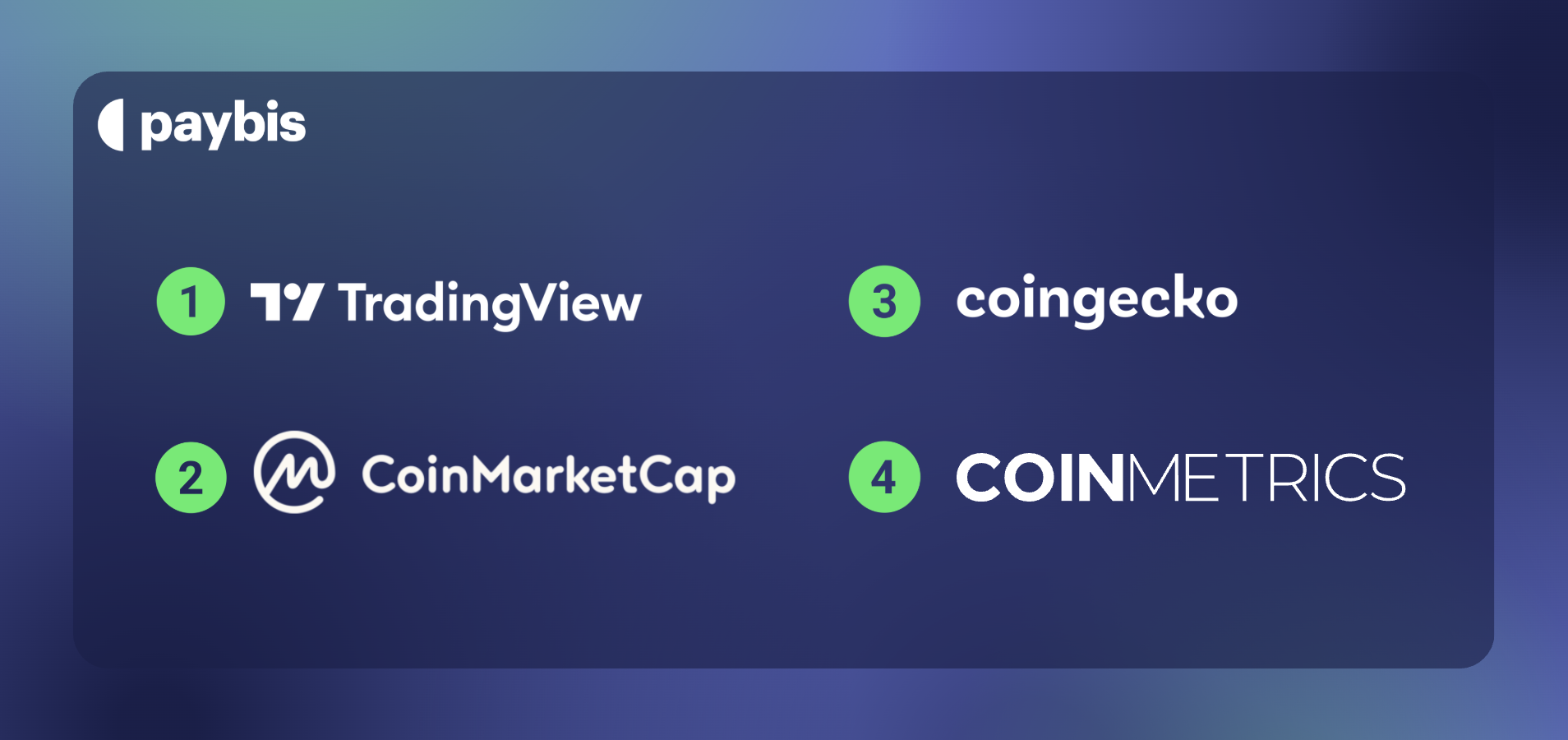
Summing Up
Trading cryptocurrency is both an art and a science. It combines data-driven analysis with an understanding of market psychology, global events, and your own emotions as a trader.
While no strategy guarantees success, consistent learning, risk management, and disciplined execution can dramatically improve your odds. Start small, experiment with different trading tools, and refine your strategies over time.
FAQ
How is crypto trading different from investing?
Trading focuses on short-term price movements and frequent buying/selling, while investing aims for long-term growth and holding assets for months or years.
What do I need to start trading crypto?
You’ll need an account on a reliable cryptocurrency exchange, some starting capital (fiat or crypto), and a basic understanding of trading strategies and tools like RSI, MACD, and Bollinger Bands.
Is crypto trading profitable?
It can be, but profitability depends on market conditions, your strategy, risk management, and emotional discipline. Volatility means there’s high potential for both gains and losses.
What is the best exchange for beginners?
Beginners should start with reputable platforms that support fiat-to-crypto trades, like Paybis, where you can easily buy and sell cryptocurrencies using your preferred payment method.
Disclaimer: Don’t invest unless you’re prepared to lose all the money you invest. This is a high‑risk investment and you should not expect to be protected if something goes wrong. Take 2 mins to learn more at: https://go.payb.is/FCA-Info
